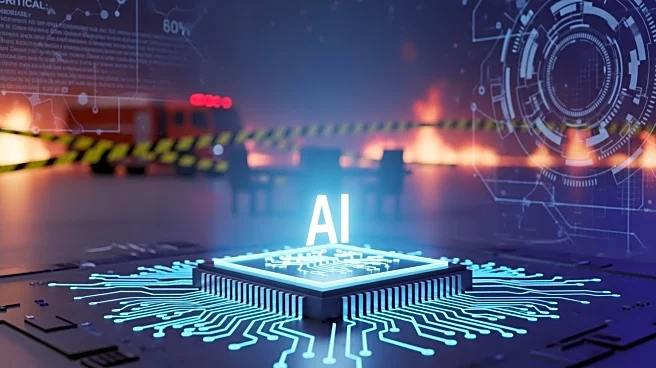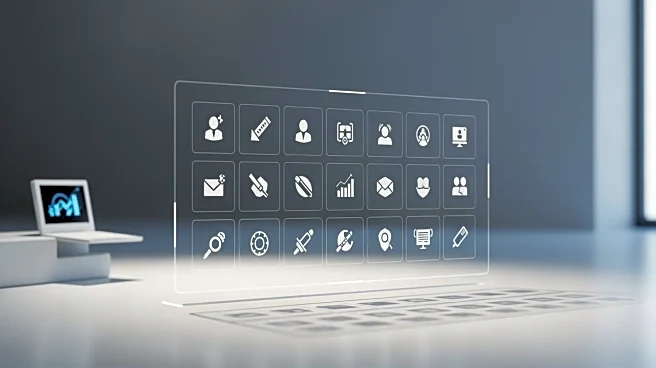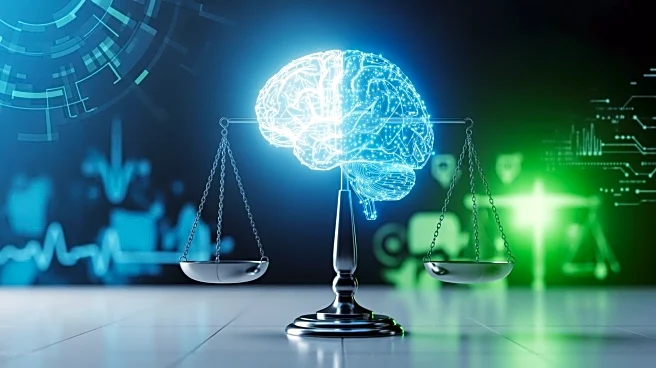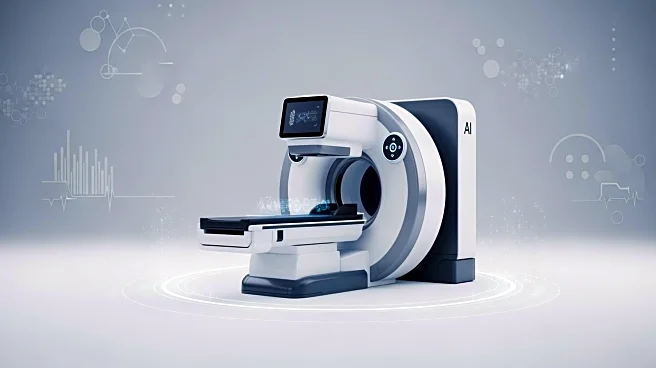What's Happening?
The integration of artificial intelligence (AI) in Medicare Risk Adjustment is being explored to enhance efficiency and accuracy in coding processes. However, experts emphasize the need for robust guardrails
to prevent potential errors, fraud, and abuse. Arun Hampapur, PhD, highlights the importance of implementing safeguards similar to those in high-risk industries like aviation. These guardrails aim to ensure accuracy, traceability, and accountability in AI-assisted coding. Key measures include human oversight, grounding AI suggestions in clinical documentation, and establishing feedback mechanisms for continuous improvement. The goal is to harness AI's potential while mitigating risks associated with unsupported codes and regulatory exposure.
Why It's Important?
AI has the potential to revolutionize Medicare Risk Adjustment by speeding up processes and optimizing revenue. However, without proper safeguards, it could lead to significant compliance issues and financial liabilities. The proposed guardrails are crucial for maintaining the integrity of the Medicare system, ensuring that AI tools are used responsibly and effectively. This development is significant for healthcare providers, as it promises improved operational performance while safeguarding against errors and fraud. The focus on transparency and accountability is essential for building trust among stakeholders and ensuring the defensibility of AI-driven decisions.
Beyond the Headlines
The implementation of AI guardrails in Medicare Risk Adjustment could set a precedent for other sectors within healthcare and beyond. By adopting practices from industries with zero margin for error, healthcare organizations can enhance their risk management strategies. This approach may lead to broader discussions on the ethical use of AI, particularly in sensitive areas like healthcare. The emphasis on fairness and bias monitoring highlights the need for ongoing vigilance to prevent inequities in AI applications. As AI continues to evolve, these guardrails could play a pivotal role in shaping its responsible use across various domains.











